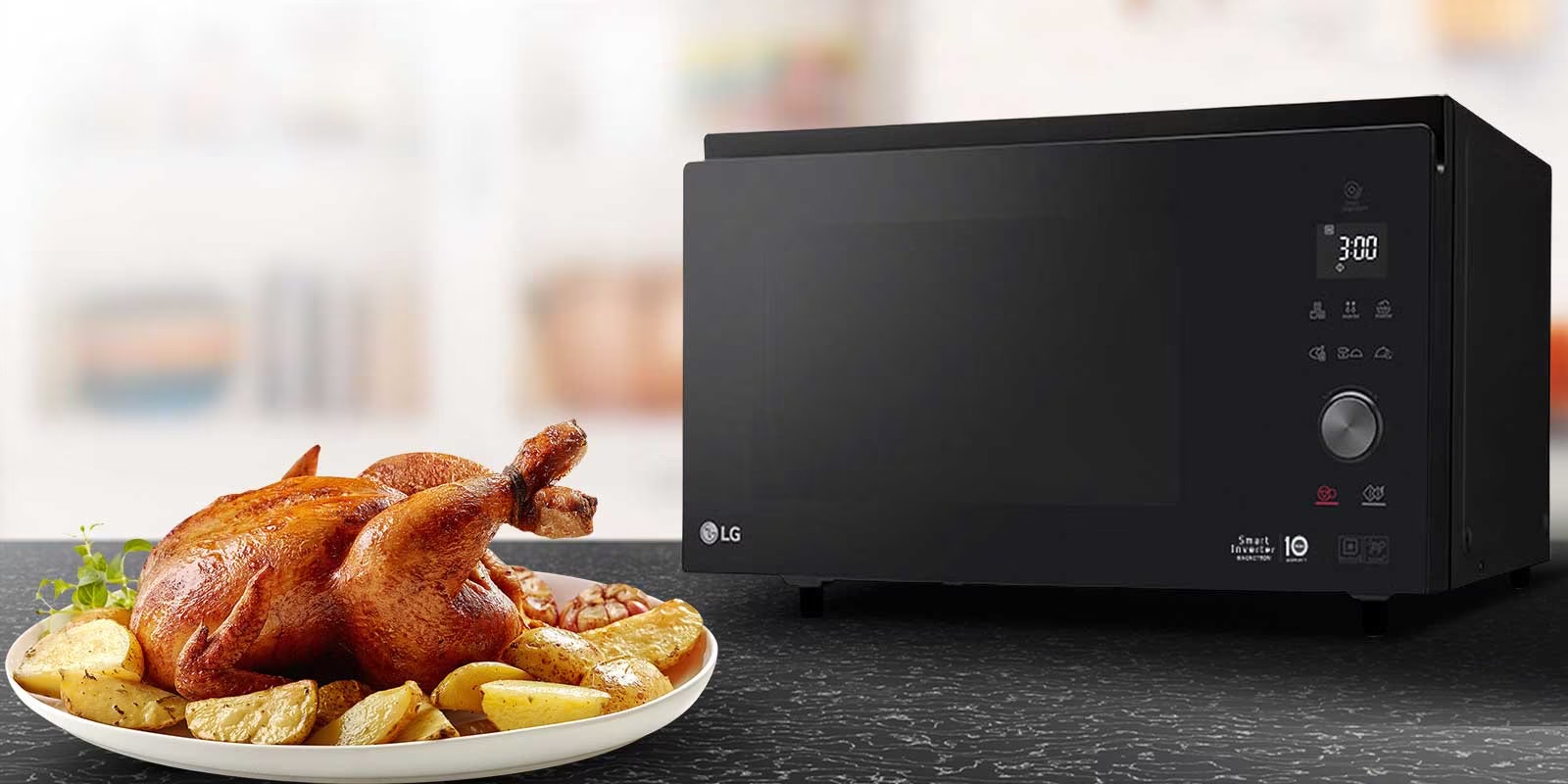

Articles
What Is The Meaning Of Solo Microwave Oven
Modified: March 20, 2024
Learn the meaning of a solo microwave oven and how it can simplify your cooking routine. Read informative and insightful articles about solo microwave ovens.
(Many of the links in this article redirect to a specific reviewed product. Your purchase of these products through affiliate links helps to generate commission for Storables.com, at no extra cost. Learn more)
Introduction
A solo microwave oven is a versatile kitchen appliance that has become an essential tool for modern-day cooking. Whether you need to quickly reheat leftovers, defrost frozen foods, or cook a meal from scratch, a solo microwave oven offers convenience and efficiency. In this article, we will explore the meaning of a solo microwave oven, its components and features, how it works, as well as its benefits and limitations.
A solo microwave oven is a countertop appliance that uses microwave radiation to heat and cook food. Unlike other types of microwave ovens, such as convection or grill microwaves, a solo microwave oven is designed solely for heating, defrosting, and basic cooking tasks.
With its compact size and user-friendly interface, a solo microwave oven is perfect for individuals, small families, or anyone looking for a convenient cooking solution. It allows you to cook a wide range of dishes, from simple soups and snacks to more elaborate meals.
Now that we have a general overview of what a solo microwave oven is, let’s delve deeper into its components and features.
Key Takeaways:
- Solo microwave ovens are versatile, time-saving, and energy-efficient appliances designed for heating, defrosting, and basic cooking tasks. They offer convenience, even heating, and preserve nutrients, making them essential for everyday cooking needs.
- While solo microwave ovens have limitations, such as limited cooking methods and potential uneven heating, following safety measures and utilizing tips for effective use can maximize their benefits. Experimenting with recipes and auto cook programs can enhance the cooking experience.
Read more: What Is A Microwave Oven
Definition of Solo Microwave Oven
A solo microwave oven is a type of microwave oven that is specifically designed for heating, defrosting, and basic cooking tasks. It is called “solo” because it does not have the advanced features found in other types of microwave ovens, such as convection or grill functions.
The main purpose of a solo microwave oven is to provide quick and efficient heating of food. It operates by emitting microwave radiation, which passes through the food and causes the water molecules within it to vibrate. This vibration generates heat, which warms the food evenly.
Solo microwave ovens are usually compact in size, making them ideal for small kitchens or limited countertop space. They are available in various capacities, ranging from small portable models to larger units capable of cooking larger meals.
One of the key features of a solo microwave oven is its control panel, which allows users to set the desired cooking time and power level. Most models offer multiple power levels, allowing you to adjust the intensity of the microwave radiation according to your needs. This feature is particularly useful when cooking or reheating different types of food that require varying cooking times.
In addition to the control panel, a solo microwave oven typically includes a turntable or a tray for placing the food inside the oven. The turntable rotates the food during cooking, ensuring even heating and reducing the need for manual intervention.
Overall, a solo microwave oven is a versatile and convenient appliance for everyday cooking tasks. It offers a simple and efficient way to warm up leftovers, defrost frozen foods, and prepare quick and easy meals. However, it is important to note that a solo microwave oven may not be suitable for more specialized cooking techniques, such as baking or grilling.
Now that we have a clear understanding of the definition of a solo microwave oven, let’s explore its components and features in more detail.
Components and Features of Solo Microwave Oven
A solo microwave oven consists of several components and features that contribute to its functionality and convenience. Understanding these components will help you make the most of your solo microwave oven. Let’s take a closer look at them:
- Control Panel: The control panel is the interface of the solo microwave oven that allows you to set the cooking time, power level, and other functions. It typically includes buttons or a touchpad for easy and intuitive operation.
- Cavity: The cavity is the interior space of the microwave oven where you place the food for cooking. It is usually made of stainless steel or other microwave-safe materials. The cavity should be spacious enough to accommodate different sizes and types of dishes.
- Turntable: Many solo microwave ovens come equipped with a turntable, which is a rotating glass plate that sits inside the cavity. The turntable ensures that the food is heated evenly by allowing it to rotate during cooking. Some models have a removable turntable, making it easier to clean and accommodate larger dishes.
- Power Levels: Solo microwave ovens offer multiple power levels that allow you to adjust the intensity of the microwave radiation. Lower power levels are suitable for defrosting or gentle heating, while higher power levels are ideal for cooking or reheating dishes more quickly.
- Timer: The timer function allows you to set the cooking time for your desired dish. Once the set time has elapsed, the microwave oven will automatically shut off, ensuring that your food is not overcooked or burnt.
- Child Lock: Some solo microwave ovens feature a child lock function, which is designed to prevent accidental operation by children. It is especially useful if you have young kids at home and want to ensure their safety.
- Auto Cook Programs: Many modern solo microwave ovens come with pre-programmed settings for specific dishes or food items. These auto cook programs make it easier to prepare common meals with just a push of a button. Examples include popcorn, pizza, vegetables, and more.
- Defrost Function: Solo microwave ovens often have a defrost function that allows you to thaw frozen foods quickly and safely. This feature utilizes a low power level and time settings specifically designed to defrost without cooking the food.
These components and features are what make a solo microwave oven functional, user-friendly, and versatile. Now that we understand the components, let’s explore how a solo microwave oven actually works.
How Solo Microwave Oven Works
A solo microwave oven operates by utilizing microwave radiation to heat and cook food quickly and efficiently. Understanding how it works will help you make the most of this convenient kitchen appliance. Let’s take a closer look at the process:
1. Microwave Generation: The solo microwave oven has a magnetron, a high-powered vacuum tube, at its core. Electric current flows through the magnetron, creating electromagnetic waves, known as microwaves.
2. Microwave Distribution: The generated microwaves are then directed into the oven cavity through a waveguide, a metal tube that acts as a conduit for the microwaves.
3. Microwave Penetration: Once inside the oven cavity, the microwaves bounce off the metal walls and are distributed evenly throughout the cavity. The microwaves are designed to penetrate the food, causing the water molecules present in the food to vibrate rapidly.
4. Heat Generation: As the water molecules vibrate, friction is created, generating heat within the food. It is this internal heat generated by the vibrating water molecules that cooks the food uniformly.
5. Turntable for Even Heating: To ensure even heating, many solo microwave ovens are equipped with a turntable. The turntable rotates the food while it is being cooked, allowing for consistent exposure to the microwaves and preventing hot and cold spots within the dish.
6. Controlled Power and Time: Solo microwave ovens allow you to adjust the power level and cooking time according to the specific requirements of your dish. The power level determines the intensity of the microwaves, while the cooking time determines how long the food will be exposed to the microwaves.
7. Door and Safety Mechanisms: Solo microwave ovens come with a safety feature that ensures the microwaves are contained within the oven cavity. The oven door is equipped with a special mesh or glass that allows you to see inside while preventing microwaves from escaping. Additionally, the oven will not operate if the door is not securely closed.
Overall, the process of heating and cooking with a solo microwave oven is efficient and time-saving. However, it’s important to note that microwaves heat food from the inside out, so the cooking times may vary depending on the density and thickness of the food being cooked.
Now that we understand how a solo microwave oven works, let’s explore the benefits it offers in the kitchen.
When looking for a solo microwave oven, consider the size and capacity that will best suit your needs. Solo microwaves are great for basic cooking and reheating, so make sure it has the features you need.
Benefits of Using Solo Microwave Oven
Solo microwave ovens have gained immense popularity in kitchens around the world due to the numerous benefits they offer. Let’s take a closer look at some of the key advantages of using a solo microwave oven:
- Time-saving: One of the main advantages of a solo microwave oven is its ability to cook or heat food quickly. It can significantly reduce cooking time compared to conventional methods such as stovetop or oven cooking. This time-saving feature is particularly beneficial for individuals with busy schedules or for those who want to prepare meals in a hurry.
- Convenience: Solo microwave ovens are incredibly convenient to use. They have user-friendly control panels that allow you to set the cooking time and power level with ease. The pre-programmed settings and auto cook programs further simplify the cooking process, making it convenient for both novice and experienced cooks.
- Versatility: Solo microwave ovens are versatile appliances that can handle a variety of cooking tasks. They are not only suitable for reheating leftovers and defrosting frozen foods but also allow you to cook a wide range of dishes, including soups, casseroles, pasta, and even desserts. This versatility makes them an indispensable tool in the kitchen.
- Energy-efficient: Solo microwave ovens are designed to be energy-efficient, meaning they consume less power compared to traditional cooking methods. They focus the heat directly on the food, reducing energy wastage. Moreover, the cooking times are shorter, further contributing to energy savings.
- Even Heating: With the use of a turntable and the even distribution of microwaves, solo microwave ovens ensure consistent heating throughout the food. This helps to eliminate cold spots and uneven cooking, resulting in perfectly cooked meals every time.
- Ease of Cleaning: Cleaning a solo microwave oven is a breeze. The cavity is typically made of stainless steel or other easy-to-clean materials, allowing for quick and simple wipe-downs. Removable turntables and trays also make cleaning more convenient and efficient.
- Preserves Nutrients: Solo microwave ovens are known for their ability to preserve the nutrients in the food during the cooking process. The shorter cooking times and minimal use of water help to retain vitamins and minerals that can be lost through other cooking methods.
- Space-saving: Solo microwave ovens are compact and do not require installation. They are perfect for small kitchens or limited countertop space, as they can be easily placed and moved around as needed.
These benefits make a solo microwave oven an essential kitchen appliance for individuals and families alike. However, it is important to be aware of the limitations of solo microwave ovens to ensure safe and effective use.
Now that we have explored the advantages of using a solo microwave oven, let’s discuss its limitations.
Limitations of Solo Microwave Oven
While solo microwave ovens offer various benefits, they also have certain limitations that users should be aware of. Understanding these limitations can help you make informed decisions when using a solo microwave oven in your kitchen. Let’s explore some of the key limitations:
- Limited Cooking Methods: Solo microwave ovens are primarily designed for heating, defrosting, and basic cooking tasks. They are not suitable for complex cooking techniques such as baking or grilling. If you require advanced cooking functionalities, you may consider other types of microwave ovens like convection or grill microwaves.
- Uneven Heating: While solo microwave ovens aim to provide even heating, there can still be instances of uneven cooking. Certain types of foods or dishes may require stirring or rearranging during the cooking process to ensure uniform heating.
- Food Texture: Microwave cooking can sometimes result in a softer or different texture compared to traditional cooking methods. For certain dishes that require a crispy or browned exterior, using a solo microwave oven may not yield the desired results.
- Limited Capacity: Solo microwave ovens are typically designed for small to medium-sized households. They have a limited cooking capacity, which may make it challenging to cook large quantities of food or accommodate larger cookware.
- Inability to Create Crusts or Breads: Solo microwave ovens are not suitable for creating crusts or baking bread due to the lack of convection or grill functionality. If you enjoy homemade bread or baked goods, you may need to utilize alternate cooking methods.
- Restricted Utensil Use: Some types of cookware are not suitable for use in a solo microwave oven. Metal containers or utensils, for example, should not be used as they can cause arcing or damage to the oven. It is important to follow the manufacturer’s guidelines on the types of cookware that are safe to use.
- Hotspots: Despite the use of a turntable, solo microwave ovens may still have hotspots within the cavity. It is essential to ensure even placement of the food and use appropriate cookware to minimize the risk of uneven cooking.
- Limited Exterior Cooking: Solo microwave ovens are designed to primarily cook food from the inside out. Therefore, achieving a desirable exterior sear or crust on certain dishes may not be possible with a solo microwave oven alone.
While these limitations exist, it is worth noting that a solo microwave oven still offers substantial benefits for everyday cooking tasks. Being aware of these limitations will help you manage your expectations and make the most out of your solo microwave oven.
Now that we have discussed the limitations, let’s move on to some tips for using a solo microwave oven effectively.
Tips for Using Solo Microwave Oven
Using a solo microwave oven effectively can enhance your cooking experience and ensure tasty results. Here are some helpful tips to get the most out of your solo microwave oven:
- Follow Manufacturer’s Guidelines: Read and understand the instruction manual that comes with your solo microwave oven. Familiarize yourself with the specific recommendations and safety guidelines provided by the manufacturer.
- Use Microwave-Safe Cookware: Ensure that the cookware you use in your solo microwave oven is labeled as microwave-safe. This will prevent any unwanted reactions or damage to the cookware due to microwave radiation.
- Stir or Rotate Food: To promote even heating, stir or rotate the food halfway through the cooking process. This helps to distribute the heat more uniformly and minimizes any hot or cold spots within the dish.
- Cover Food to Prevent Splatters: Use microwave-safe covers or microwave-safe wraps to cover your dishes while cooking. This prevents splatters and helps to retain moisture, resulting in more succulent and evenly cooked food.
- Adjust Power Levels: Take advantage of different power levels to customize the cooking process according to your needs. Lower power levels are suitable for gentle reheating or defrosting, while higher power levels are ideal for quick cooking or heating.
- Utilize Auto Cook Programs: Make use of the pre-programmed settings or auto cook programs available in your solo microwave oven. These programs are specifically designed for popular dishes and take the guesswork out of cooking times and power settings.
- Monitor Cooking Time: Keep an eye on the cooking time, especially for dishes that require precise cooking durations. It’s essential to avoid overcooking or undercooking your food, so set a timer or use the oven’s timer function accordingly.
- Allow for Resting Time: After cooking, allow your dish to rest inside the microwave oven for a few minutes. This resting time allows for even further cooking and ensures that the food is heated and cooked consistently.
- Experiment and Adjust Recipes: Adjust your recipes when cooking with a solo microwave oven. Since cooking times and techniques may differ from traditional methods, experiment with different cooking times and power levels to achieve the desired results.
- Practice Safety Measures: Always prioritize safety when using your solo microwave oven. Ensure that the door is securely closed before starting the cooking process, and never operate the oven when it is empty. Also, avoid overheating liquids to prevent potentially dangerous boiling or spilling.
By following these tips, you can make the most of your solo microwave oven and enjoy delicious meals with ease. Remember to stay curious, experiment with different dishes, and have fun exploring the possibilities offered by your solo microwave oven.
Now let’s wrap up our discussion on solo microwave ovens.
Conclusion
Solo microwave ovens have become an indispensable kitchen appliance, offering convenience, versatility, and time-saving benefits. They are designed specifically for heating, defrosting, and basic cooking tasks. With their compact size, user-friendly interfaces, and a wide range of features, solo microwave ovens have revolutionized the way we cook and prepare meals.
These appliances utilize microwave radiation to generate heat within the food, resulting in quick and even cooking. The control panel allows users to adjust the power level, cooking time, and take advantage of pre-programmed settings for various dishes. The presence of a turntable ensures that the food is heated evenly, eliminating hot and cold spots.
Using a solo microwave oven offers numerous advantages, including time-saving convenience, energy efficiency, preservation of nutrients, and ease of cleaning. It is a versatile tool that can accommodate a variety of cooking tasks, making it ideal for individuals, small families, or those with limited kitchen space.
However, it’s important to be aware of the limitations of solo microwave ovens. They are not suitable for complex cooking methods like baking or grilling, and certain dishes may not achieve the desired texture or browning. It’s also important to follow safety precautions and use microwave-safe cookware.
In conclusion, a solo microwave oven is a valuable addition to any kitchen. It simplifies the cooking process, saves time, and offers a convenient way to prepare meals. By understanding how to maximize its features, experimenting with recipes, and following safety guidelines, you can make the most out of your solo microwave oven and enjoy delicious and hassle-free cooking experiences.
Frequently Asked Questions about What Is The Meaning Of Solo Microwave Oven
Was this page helpful?
At Storables.com, we guarantee accurate and reliable information. Our content, validated by Expert Board Contributors, is crafted following stringent Editorial Policies. We're committed to providing you with well-researched, expert-backed insights for all your informational needs.
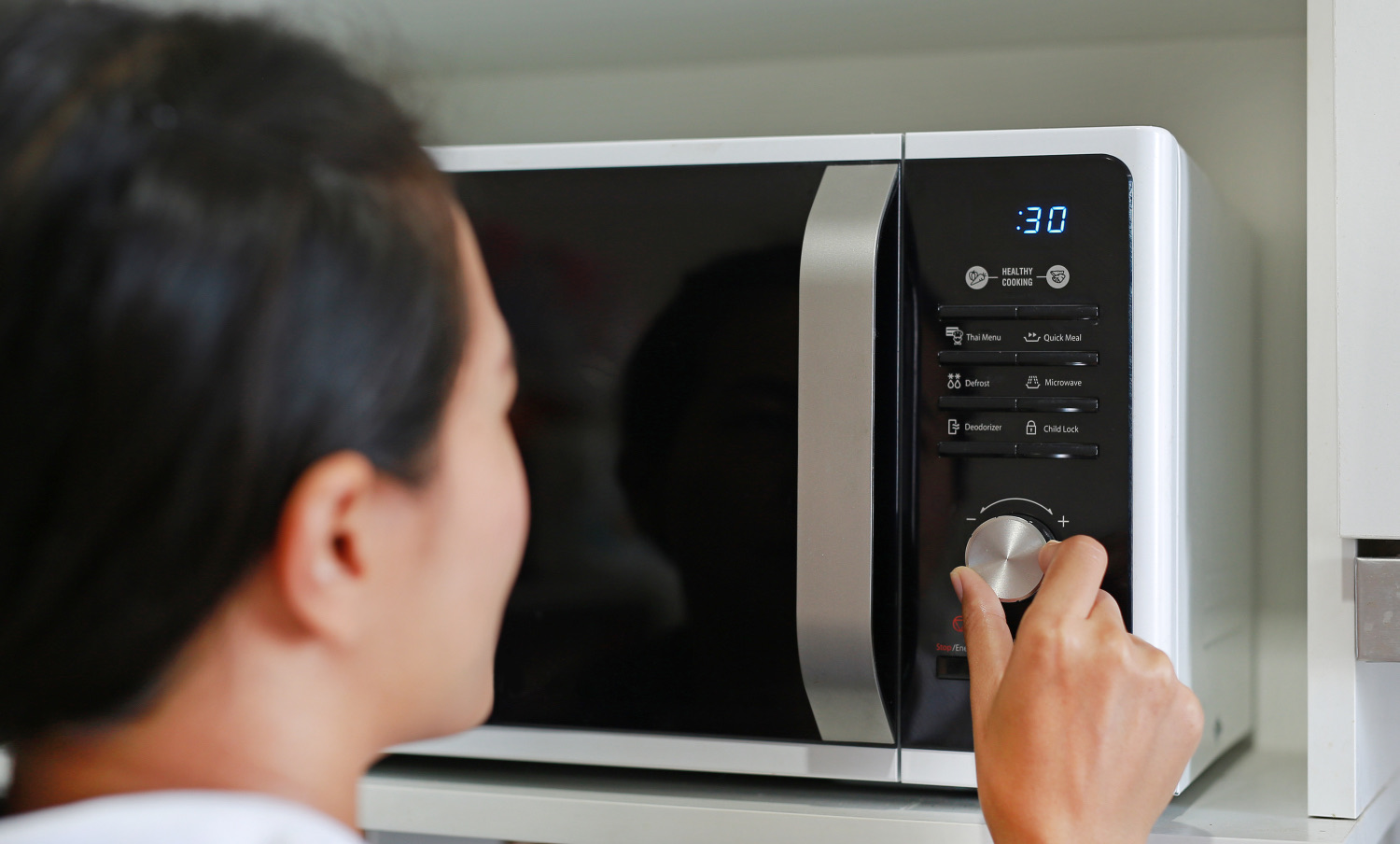
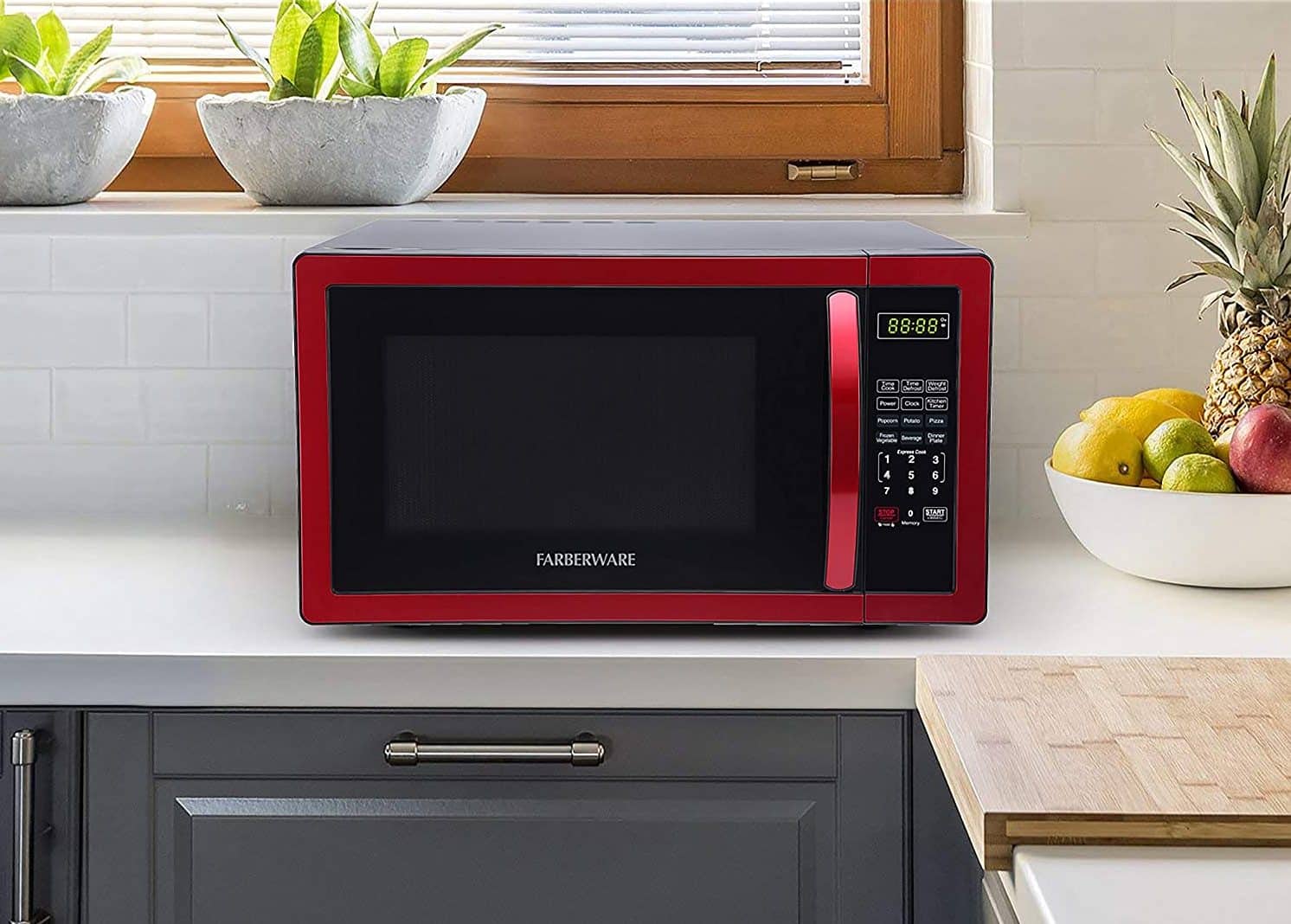
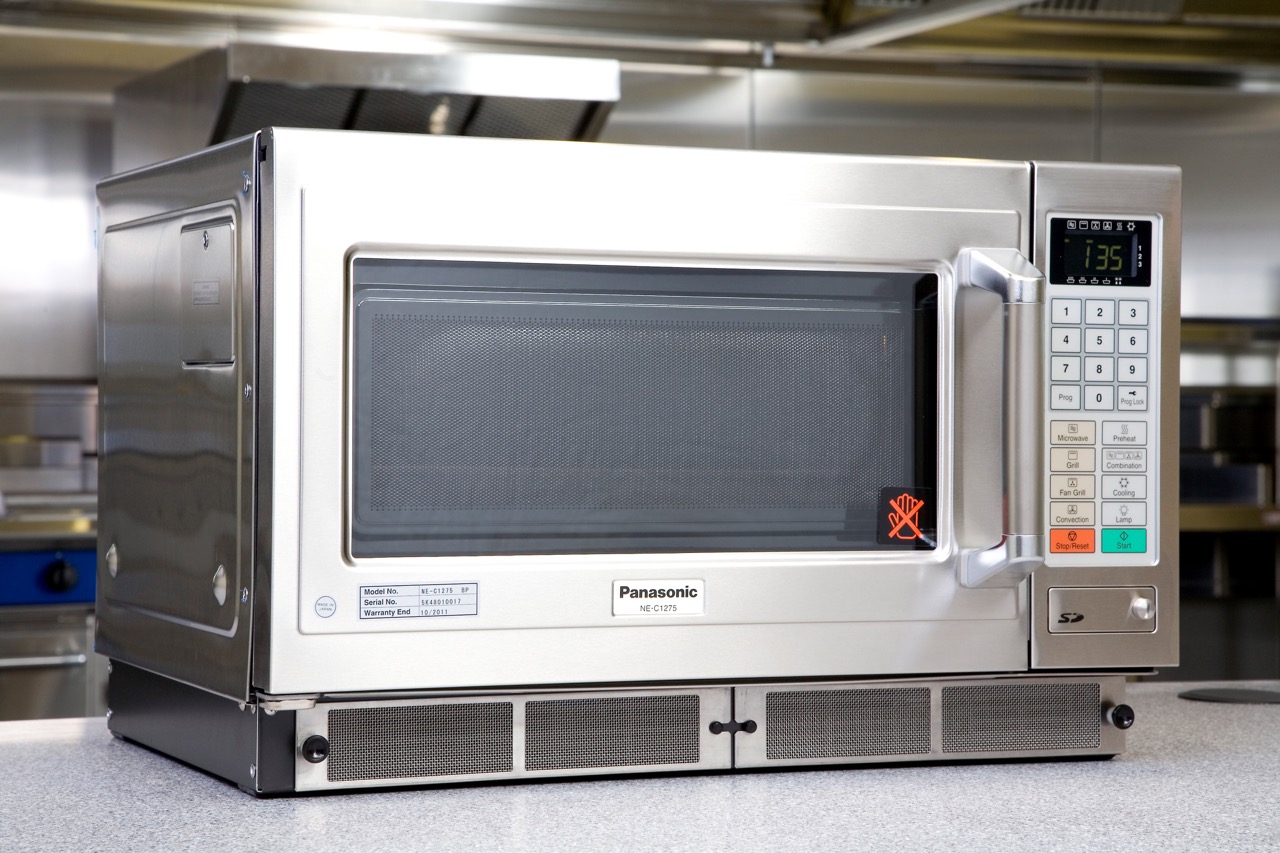
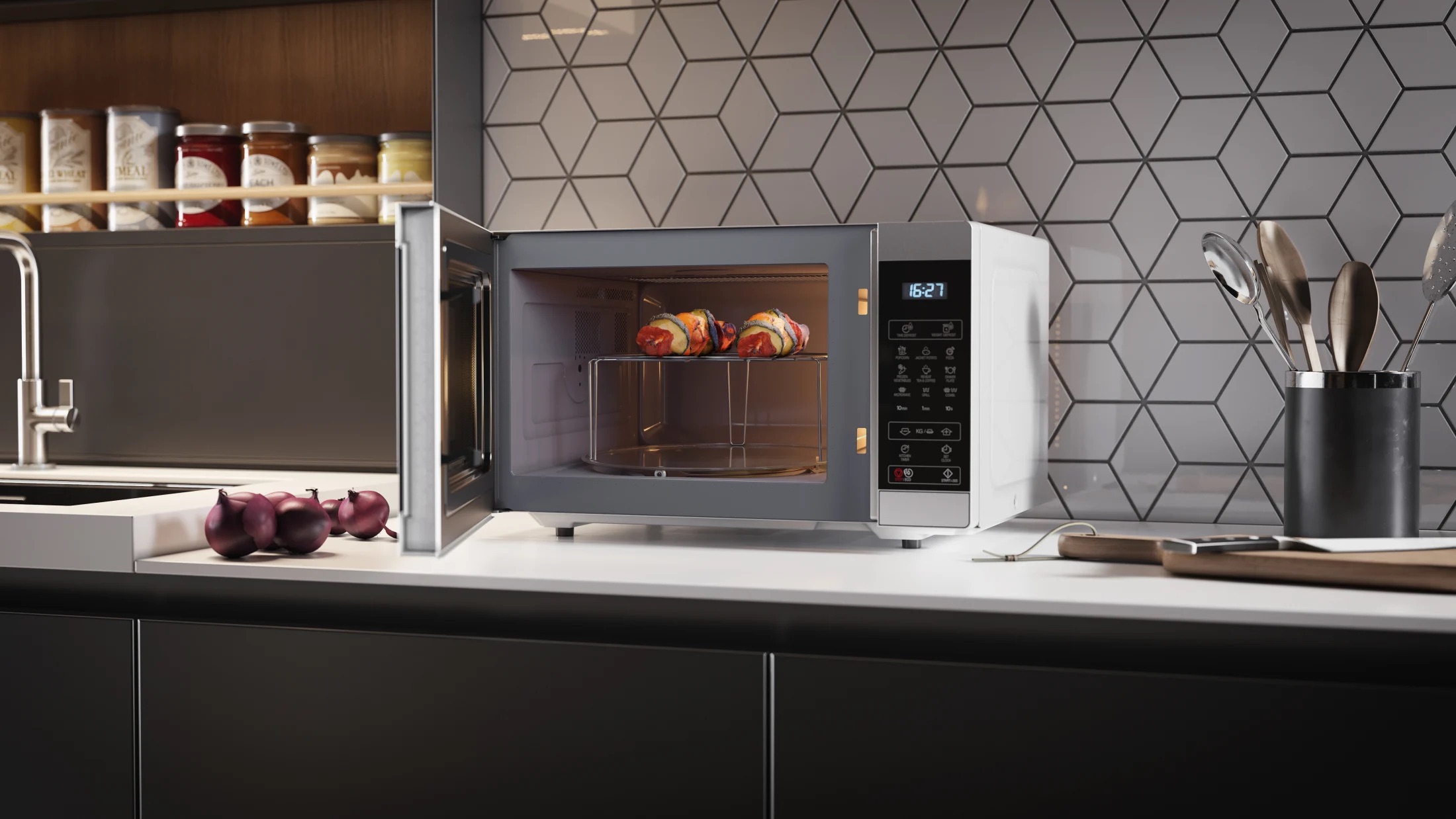
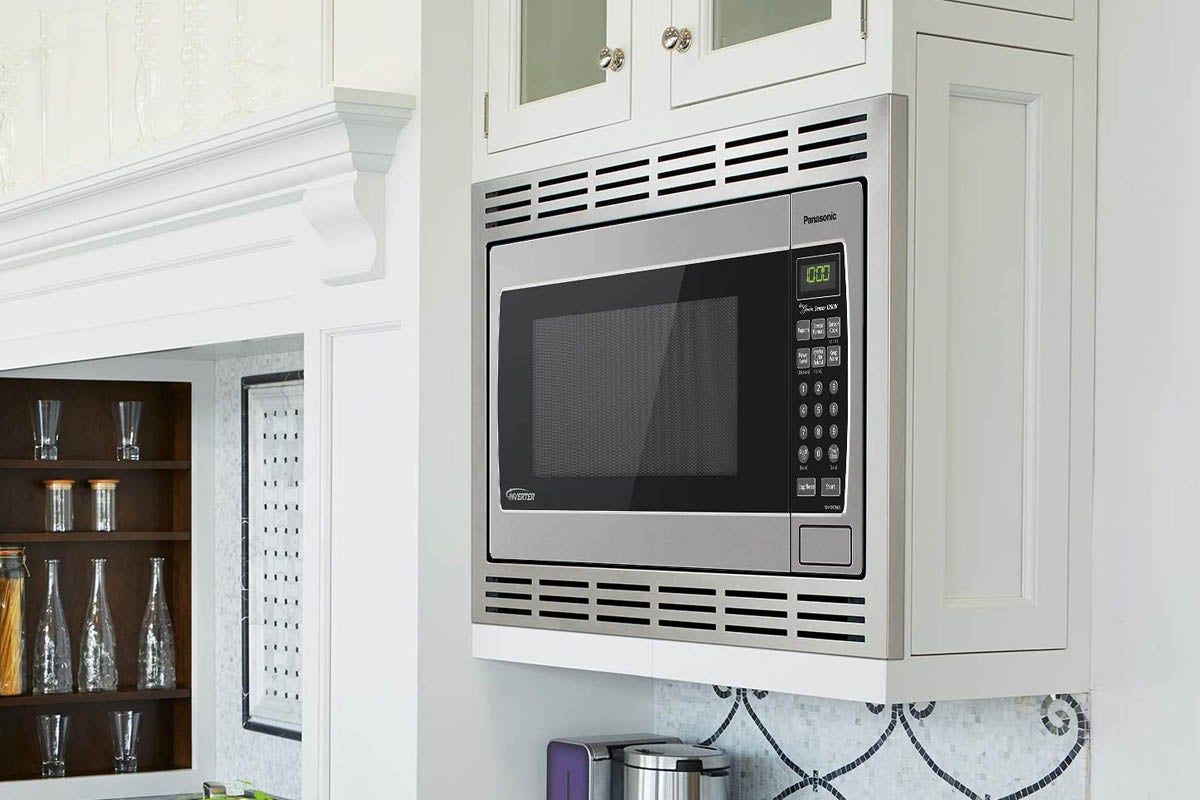
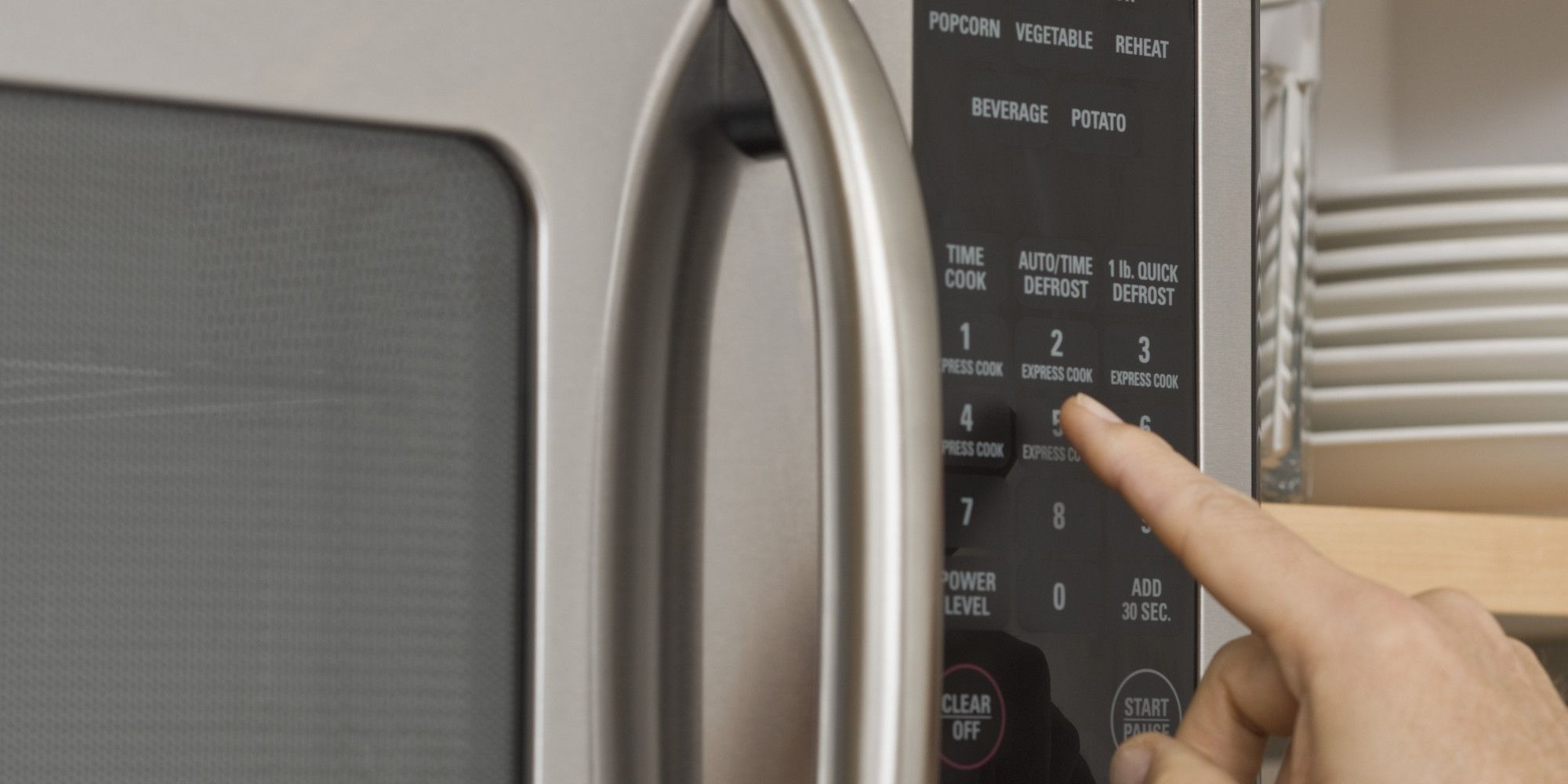
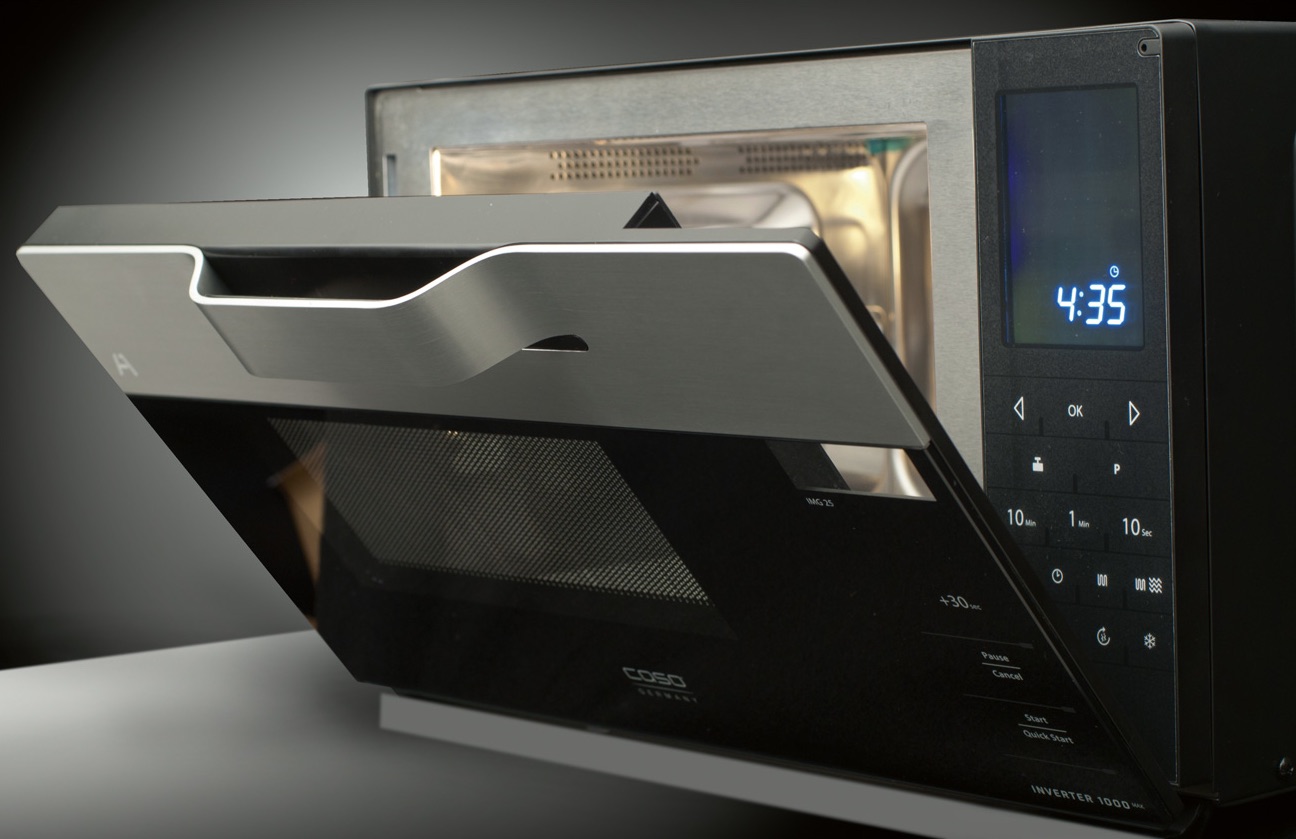
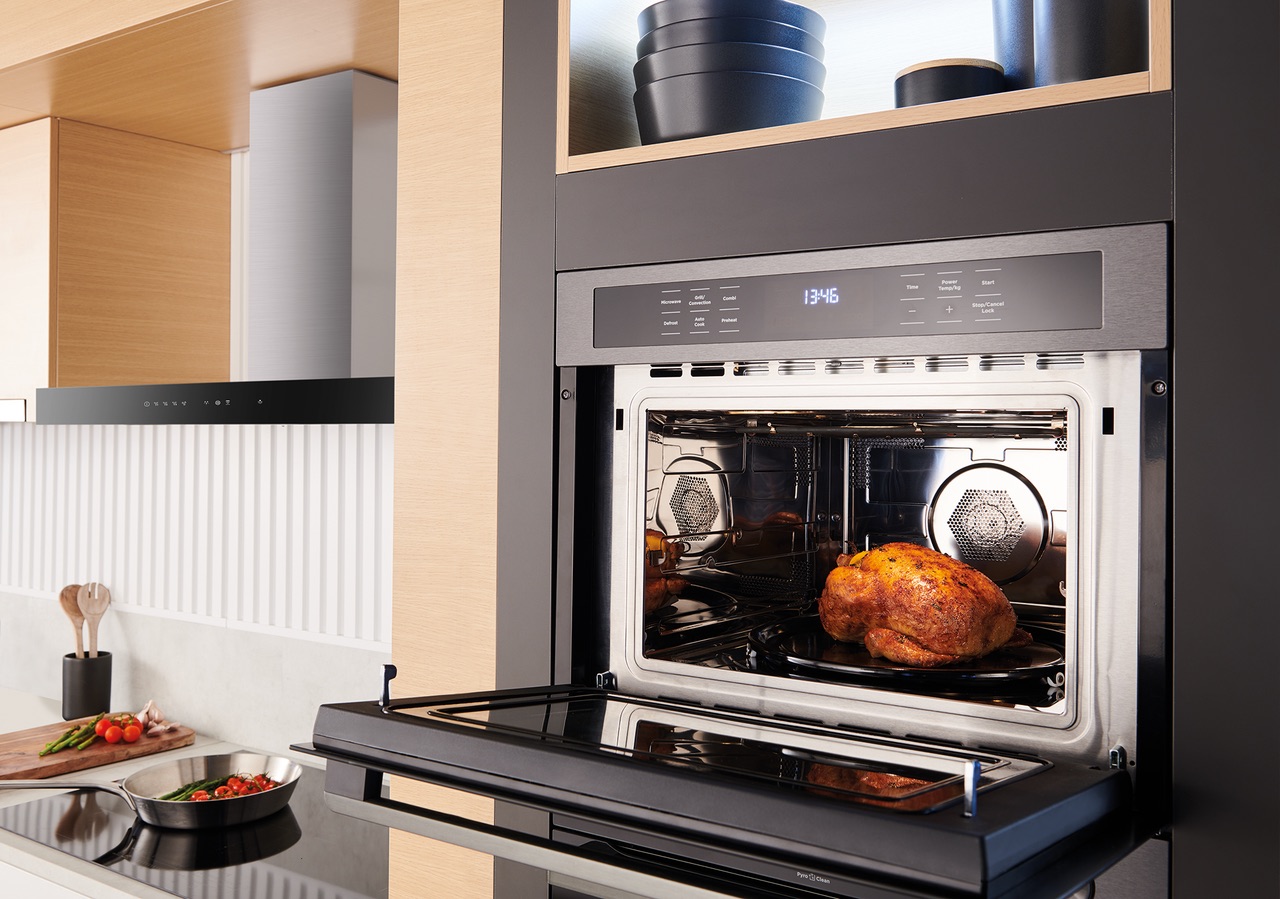
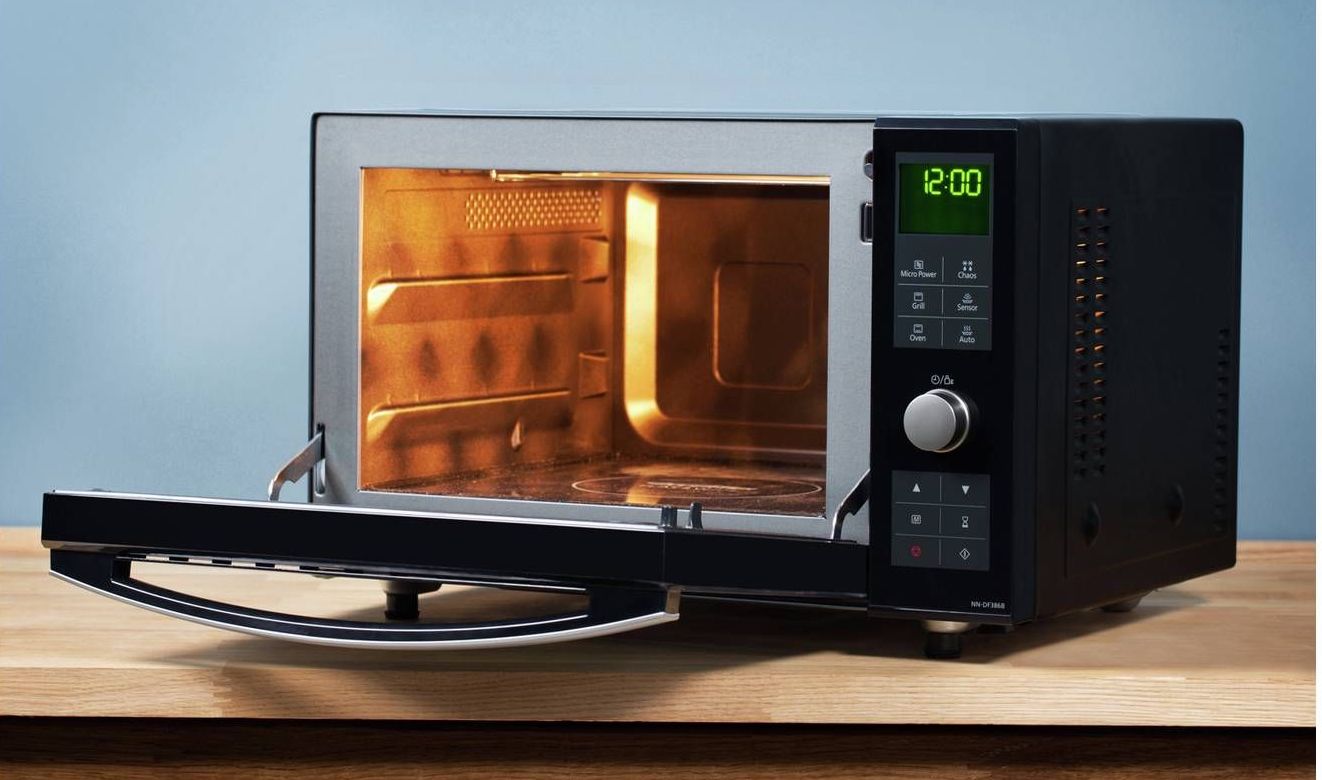
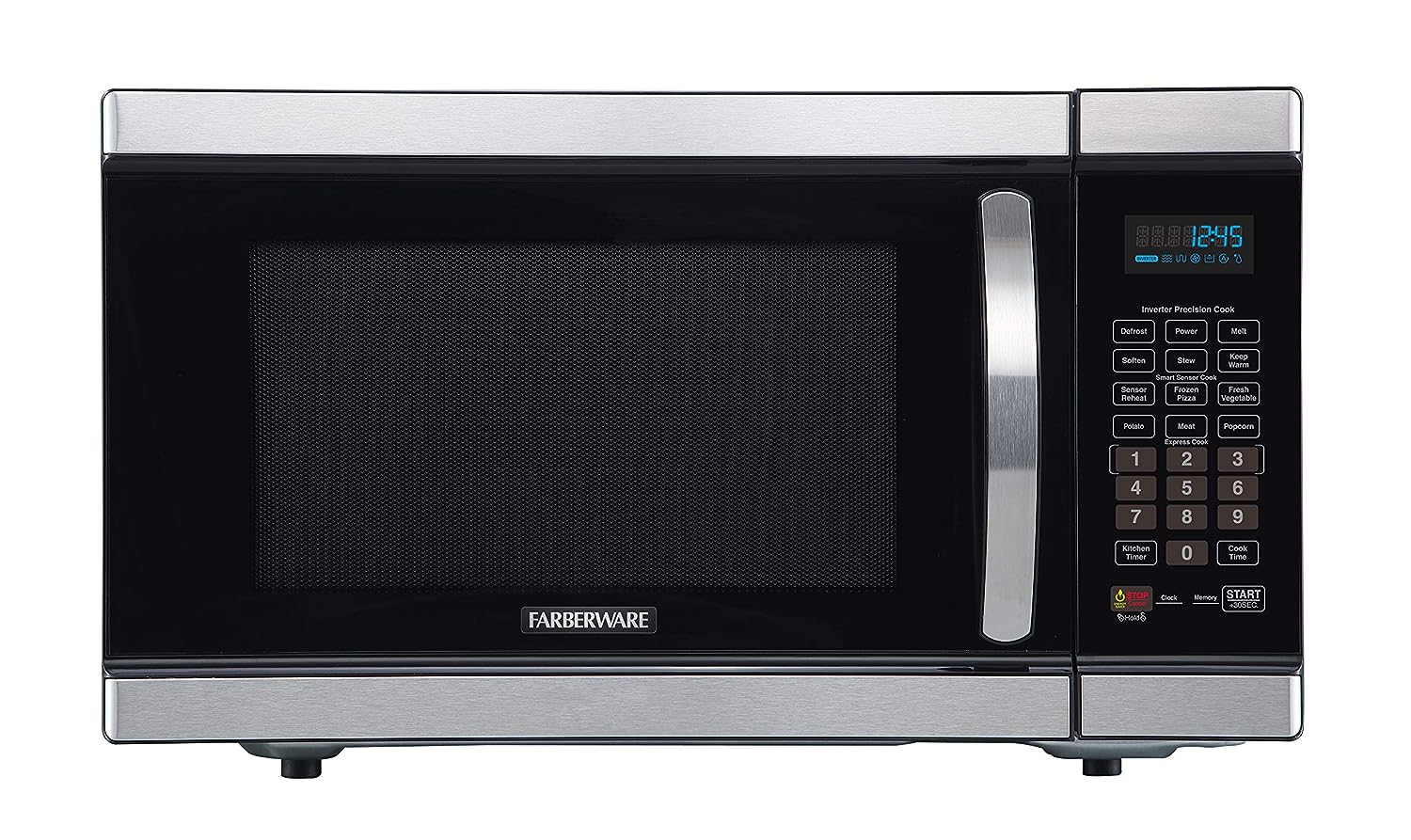
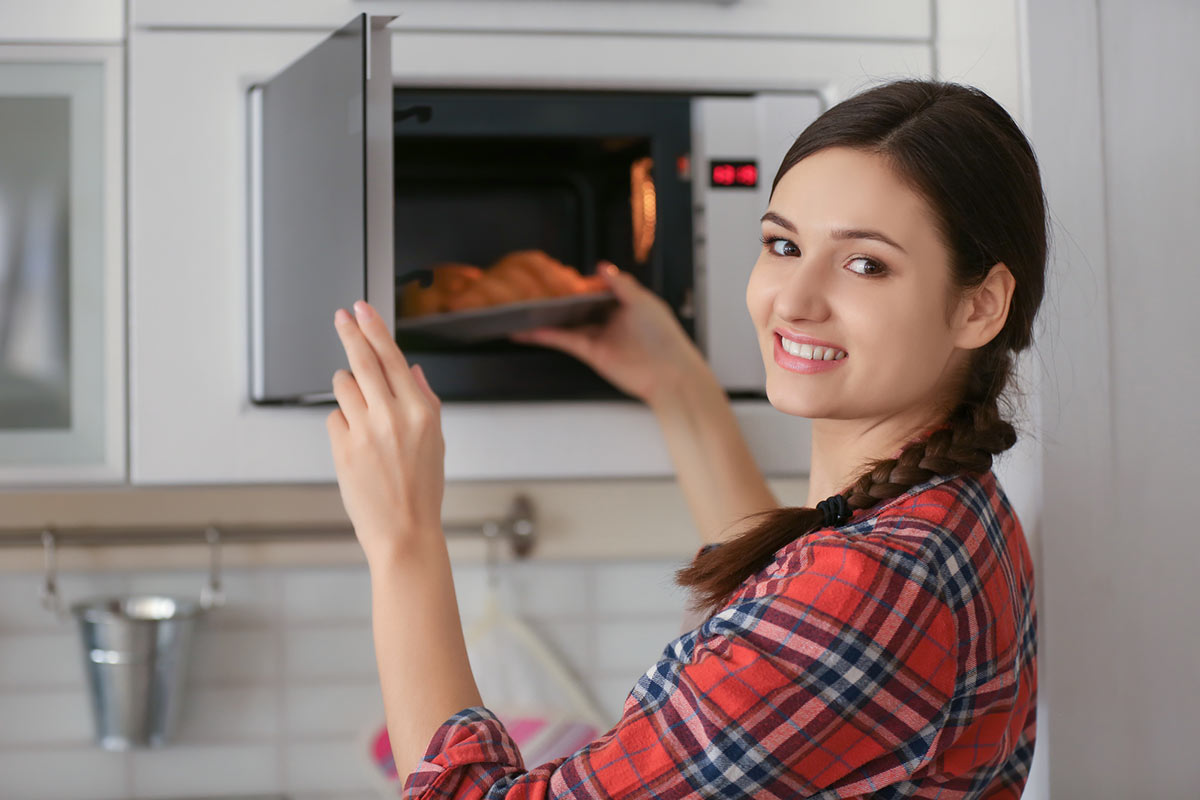
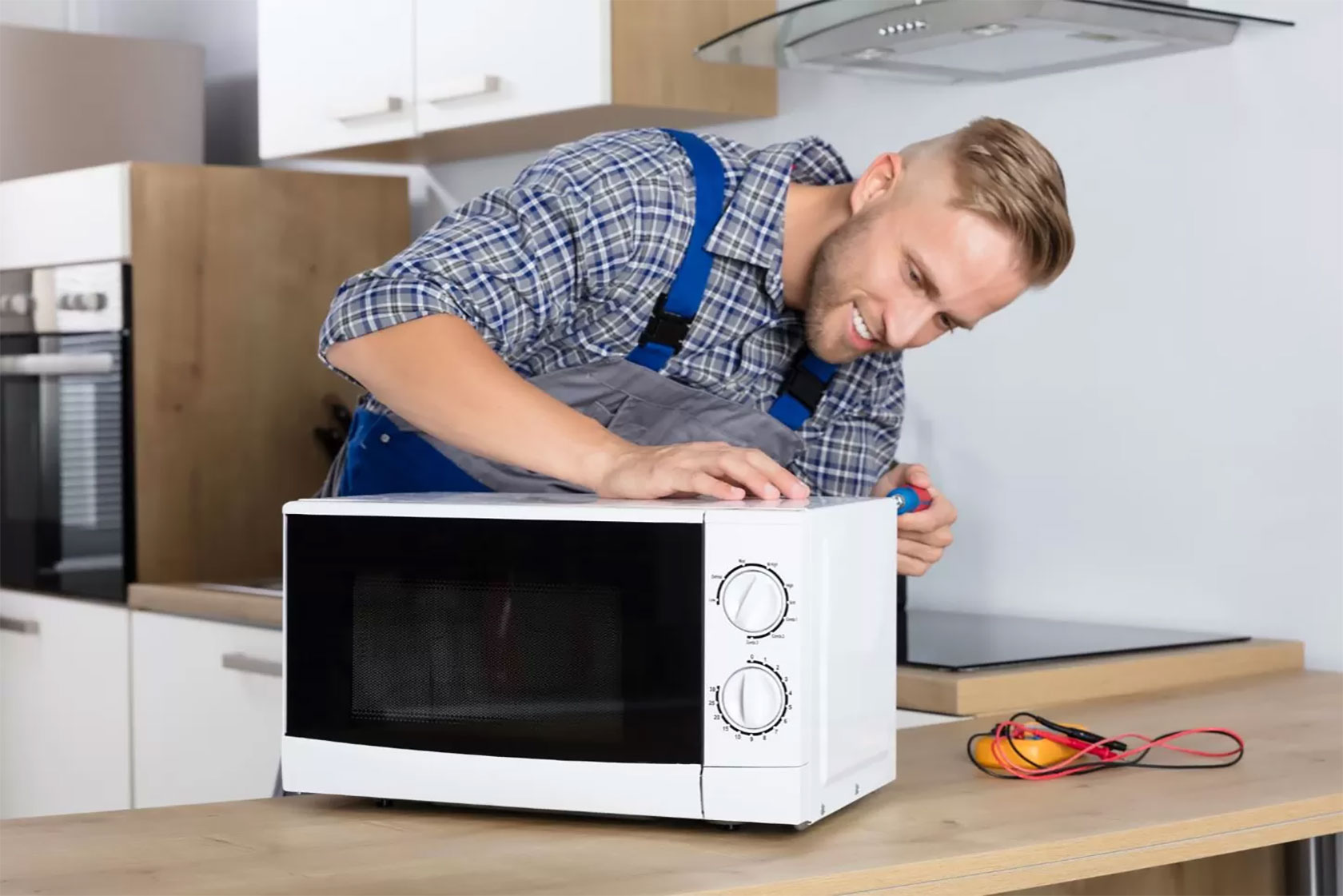
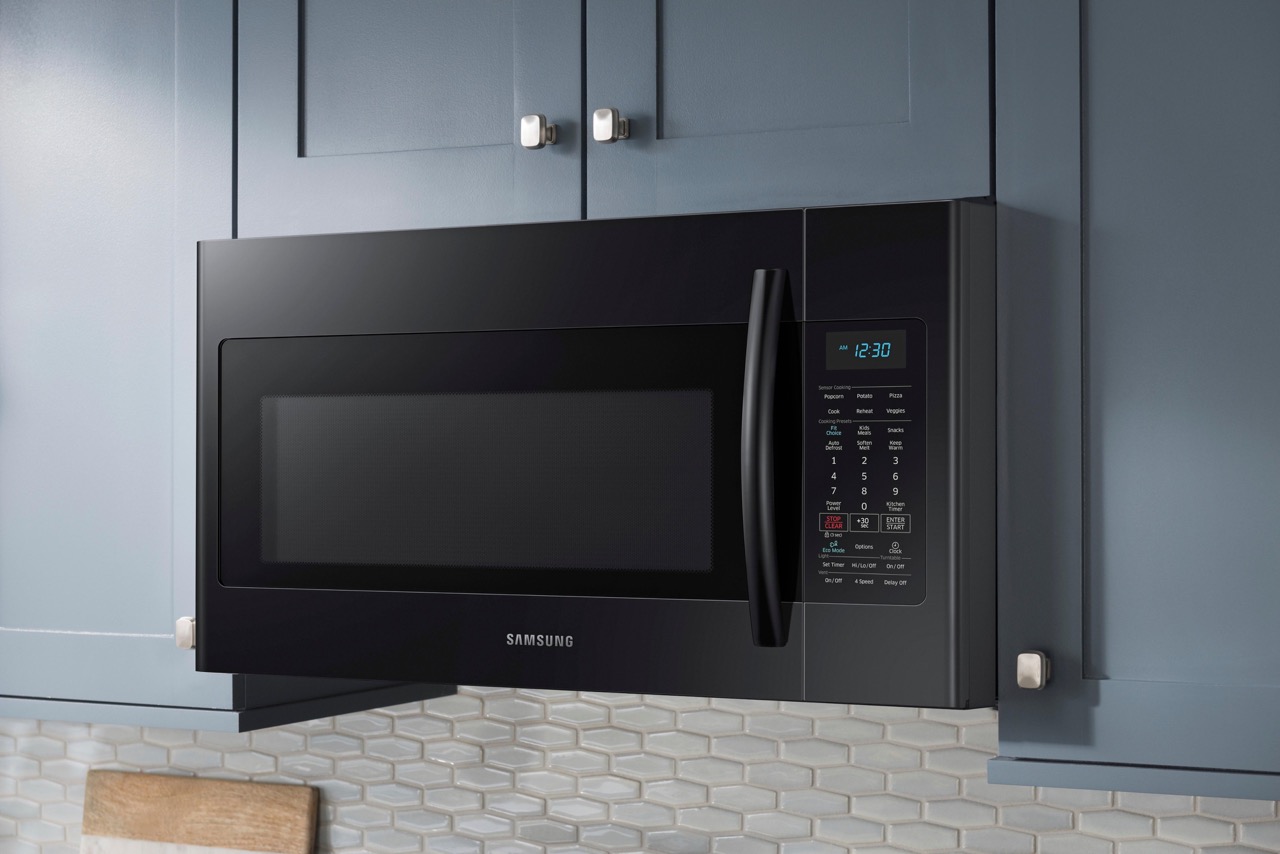
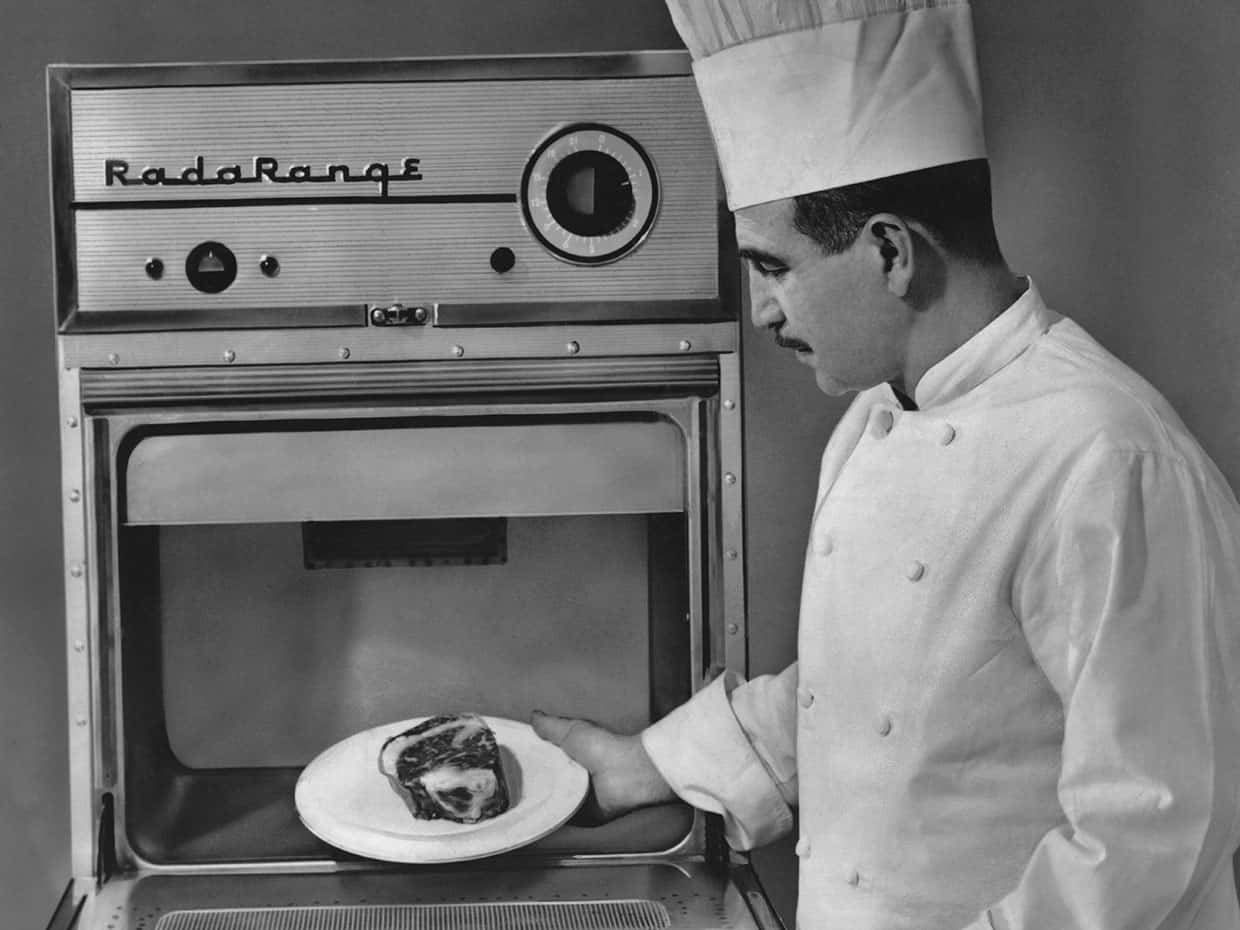

0 thoughts on “What Is The Meaning Of Solo Microwave Oven”